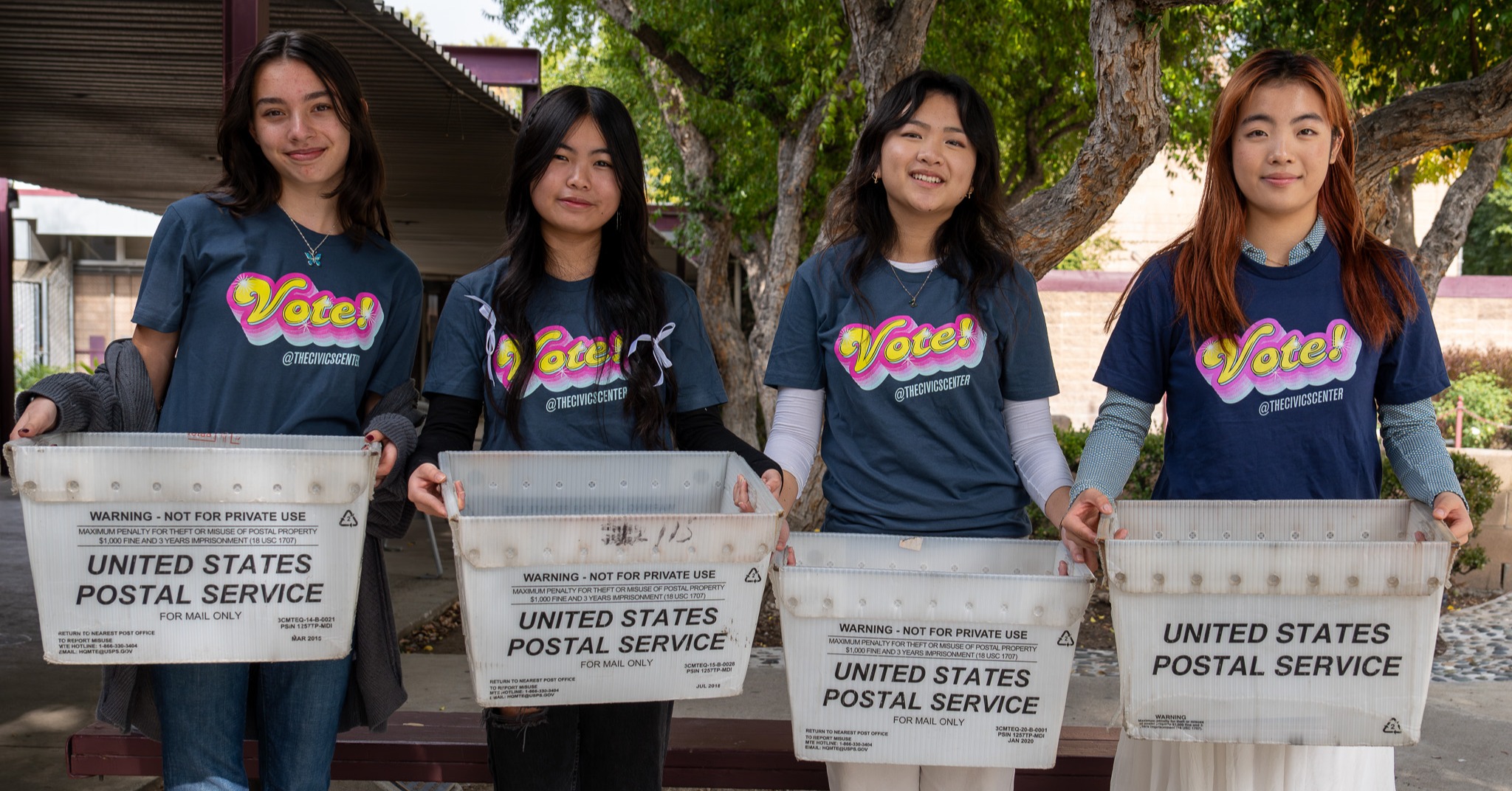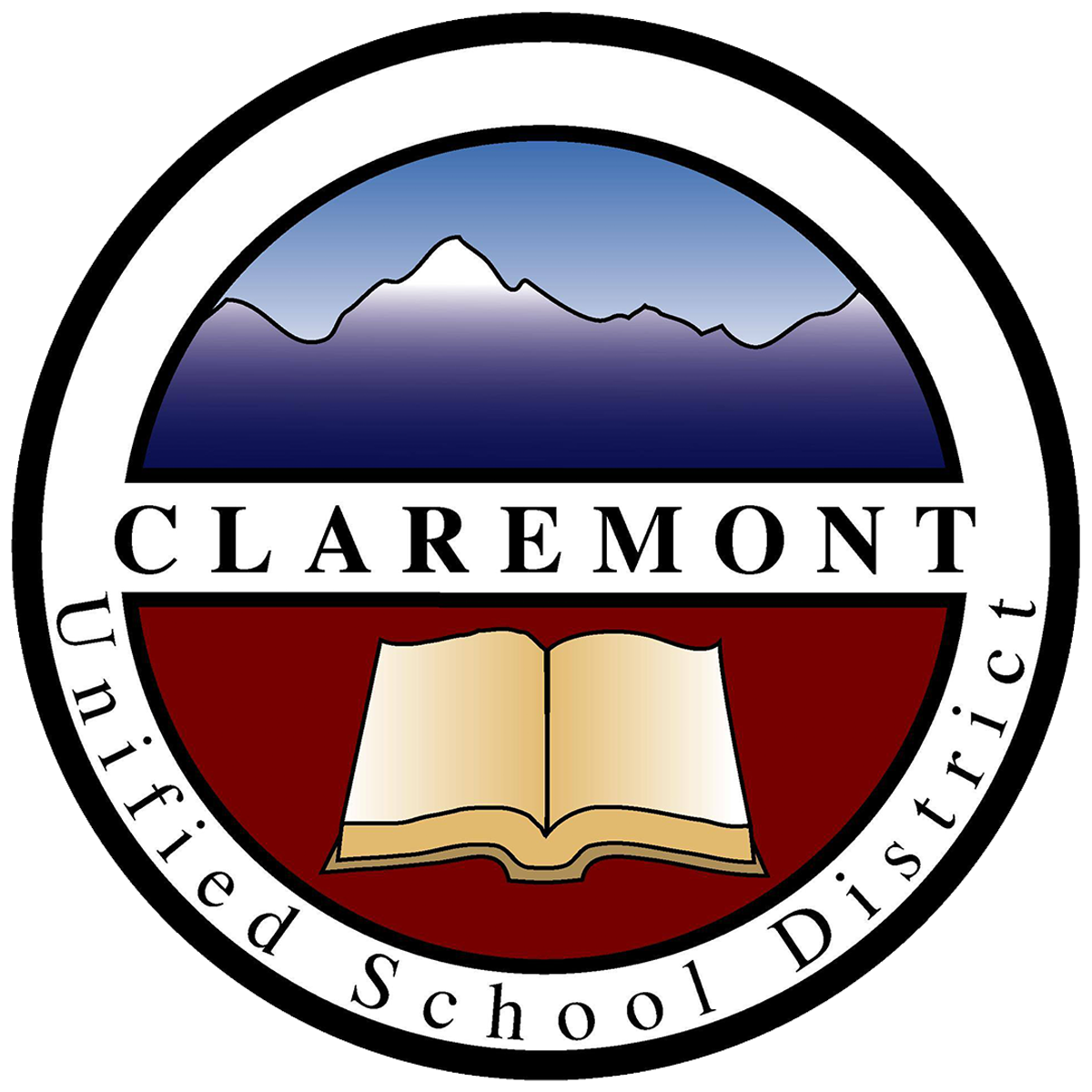MYP Service in Action

Service As Action (community service) — Action (learning by doing and experiencing) and service have always been shared values of the IB community. Students take action when they apply what they are learning in the classroom and beyond. IB learners strive to be caring members of the community who demonstrate a commitment to service — making a positive difference to the lives of others and to the environment. Service as action is an integral part of the programme, especially in the 8th grade MYP community project.
As students evolve through the service learning process, within each of their classrooms at each grade level within the program students are exposed multiple times to each of these four types of service.
IB Learners strive to be caring members of the community who demonstrate a personal commitment to service, and to act to make a positive different to the others and the environment”
MYP Principles to Practice, 2020

Direct Service:
Students have interaction that involves people, the environment or animals. Examples include one-on-one tutoring, developing a garden alongside refugees, or teaching dogs behaviors to prepare them for adoption.

Indirect Service:
Though students do not see the recipients during indirect service, they have verified that their actions will benefit the community or environment. Examples include redesigning a website for an organization, writing original picture books to teach a language, or raising fish to restore a stream.

Advocacy:
Students speak on behalf of a cause or concern to promote action on an issue of public interest. Examples include initiating an awareness campaign on hunger in the community, performing a play on replacing bullying with respect, or creating a video on sustainable water solutions.

Research:
Students collect information through varied sources, analyze data and report on a topic of importance to influence policy or practice. Examples include conducting environmental surveys to influence their school, contributing to a study of animal migration patterns, or compiling the most effective means to reduce litter in public spaces.
